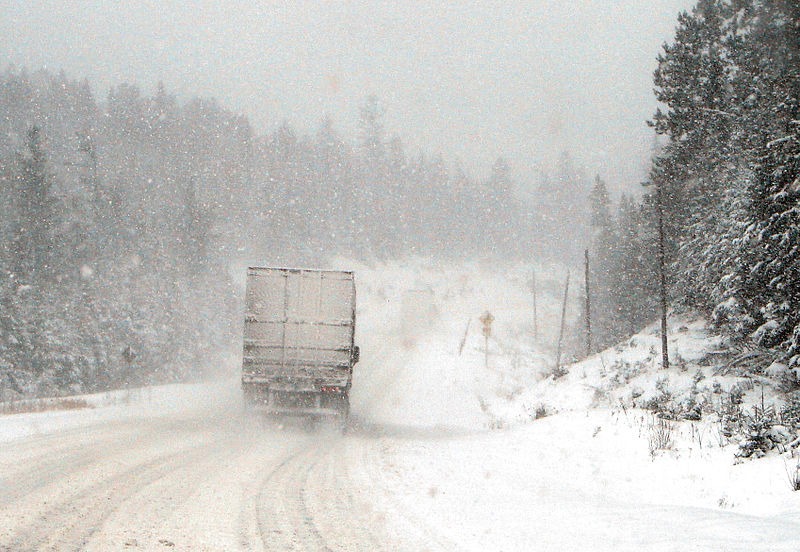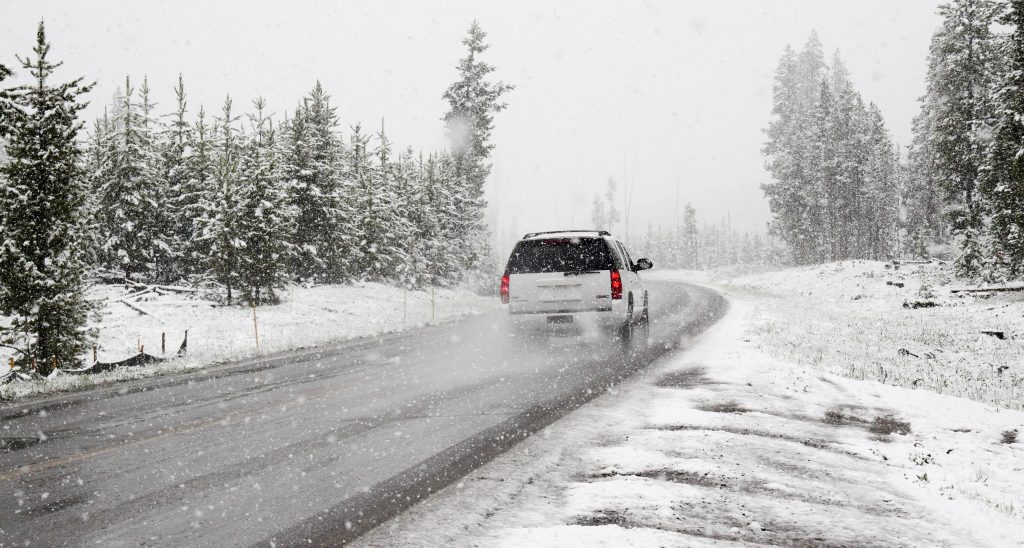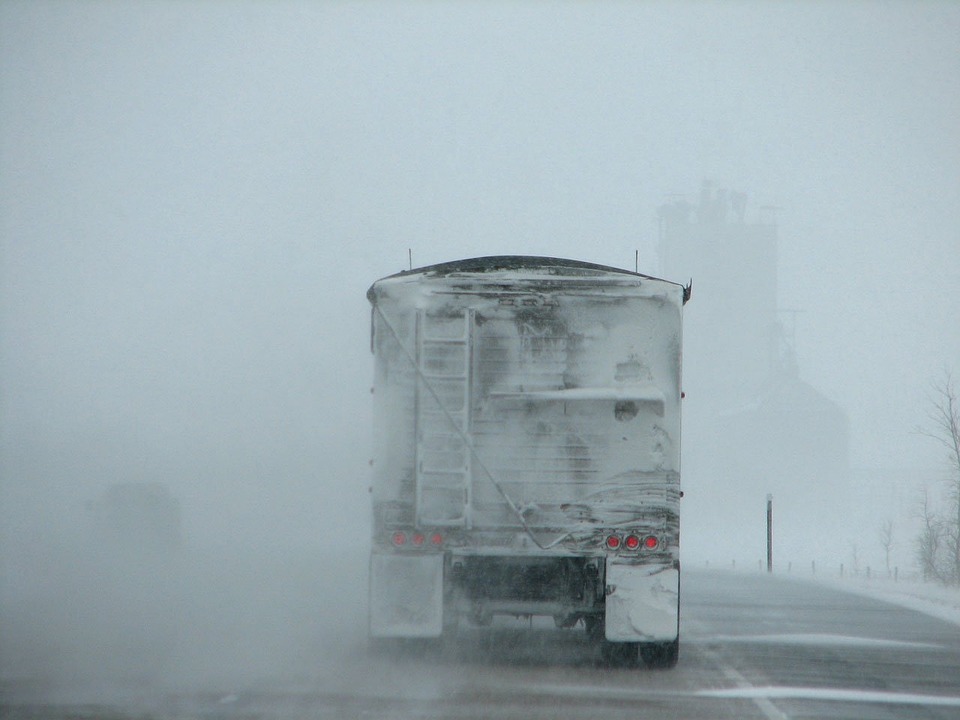
Ten Tips for Truck Driver Safety in Winter
Tis the season . . . for wintry weather driving conditions. At TanTara, truck driver safety is very important and our drivers focus on safety during all four seasons. But we realize that winter driving requires extra care and planning. Whether you’re a long-haul driver or pulling a flatbed, conestoga trailer, or oversized load, we want every truck driver to be well prepared.
For more than 40 years, TanTara’s goal has been to be the safest and most consistent quality provider of specialized transportation services. We are extremely selective about the people we put behind our wheel. We’re proud of our drivers and our low accident record.
Winter conditions affect everyone, but some areas of the country are more prone to winter driving accidents, as this map shows. According to the Federal Highway Administration, more than 70 percent of the country’s highways are located in snowy regions. Each year 24 percent of weather-related vehicle crashes occur in snowy, slushy or icy surfaces.

As the temperatures begin to drop, we hope the following ten winter driving safety tips will help keep you safe:
- Maintain the perfect view. Make sure your windshield wipers are in excellent condition. Your wipers will clear freezing rain and snow for your driving safety. Ensure you also have plenty of all-season wiper fluid. It’s a good idea to carry extra fluid during particularly harsh weather.
- Become a weather watcher. Know the extended weather forecast before you head out in your truck. Bookmark your favorite weather websites, tune in to your radio, watch the Weather Channel, or talk with your dispatcher. Knowledge is always power. Keep on top of real-time road conditions.
- Pack a bag . . . or two. You may depart from a sunny and warm location and end up driving in hazardous conditions. Make sure you’re prepared with emergency supply kits. A few of the items you’ll appreciate? An extra coat, gloves, blanket, and hat; spare water and food; jumper cables; a bag of sand or salt; flashlight; tools; and/or a battery powered radio.
- Watch your entry and exit. Take extra caution when entering your cab if it’s icy or slick outside. The same goes for exiting your truck. Wear the proper shoes and use a three-point stance for added safety.
- Maintain your fuel levels. In unpredictable weather, it’s always best to keep at least a half a tank of gas in your truck. Having this spare gas will also keep your fuel lines from freezing.
- Allow time to brake. Make sure there’s plenty of room between your truck and the vehicle ahead of you. Many winter accidents occur because vehicles follow too closely behind one another. In frosty conditions, maintain even more buffer space.
- Approach bridges with caution. As you know, elevated surfaces tend to freeze first. If they haven’t been treated by the sand trucks, you may encounter black ice or especially slippery conditions.
- Slow it down. Help reduce the chance for accidents and hydroplaning by keeping a slow and steady pace. In brutal winter weather, it’s much better to be the tortoise than the hare.
- Use your headlights. Visibility is a critical consideration during the winter months. Keep your headlights on at all times. When visibility is very low, switch to your low-beam headlights.
- Know when to pull over. If outside conditions are becoming hazardous, use your best judgment. It’s far better to pull over and wait out a storm than risk getting hurt.

For any questions concerning truck driver safety, or about our safety programs and policies, please contact our Safety Director, Dave Riggan.